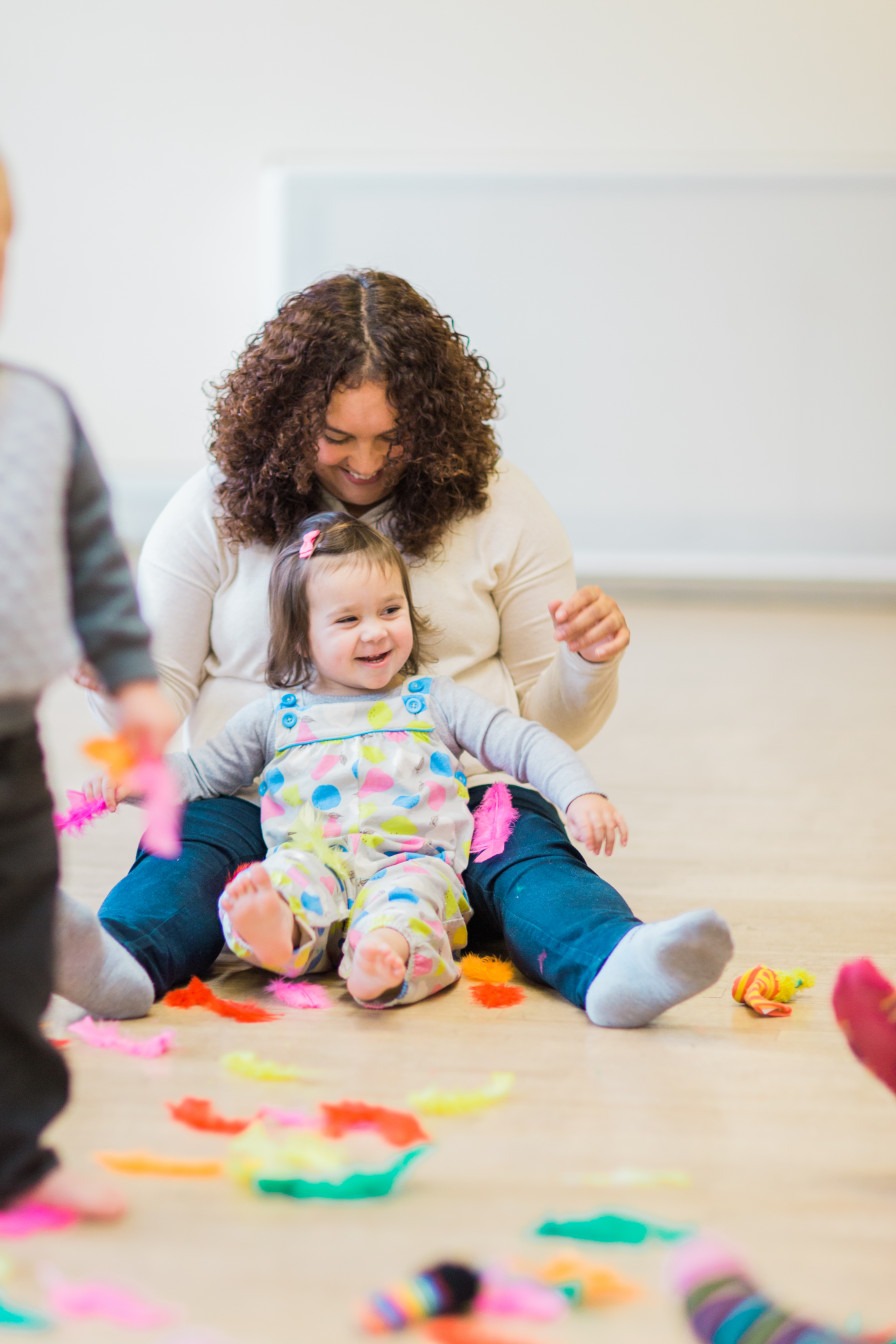Using Online Learning Journals to Observe and Assess Children's Progress

As part of the UpBeat programme of Early Years music and movement delivery at the Brewhouse Arts Centre in Burton-upon-Trent, Make Some Noise have been piloting the use of on-line learning journals as a means of recording observations for individual children and assessing and monitoring their progress.
Introduction
The question of how to monitor and record the progress that young children make when they attend music and movement sessions is a pertinent one. Funding may be dependent upon proving that an intervention is having a beneficial effect. Parents may want to know that their children are making progress in key areas of their development and music leaders may wish to base their planning around areas where children may need additional support.
We have been piloting the use of Tapestry, a journal commonly used in nurseries and playgroups. Text, images and videos can be uploaded via PC or mobile app, and observations recorded and assessments made as to a child’s progress in each of the 7 areas of learning against age related expectations. Information can also be uploaded by the child’s parents.
Our pilot ran for a year.
We hoped for:
-
Increased parental engagement
-
Useful data that could be easily manipulated for our own purposes, and shared between service providers
-
Increased knowledge and understanding of our music leader team of the Early Years Foundation Stage (EYFS)
Here’s a brief summary of our findings:
Strengths
Great for keeping a record of children’s general levels of overall engagement with the project.
It is a good way to keep a record of activities and events.
It allows for ease of collating large numbers of photo’s, video and audio associated with a project.
Using the EYFS ages and stages model means that findings are widely understood across the EY sector.
Theoretically, observations and assessments of children and information can be shared between parents, settings and programmes so that a complete picture of a child may emerge.
Weaknesses
Despite full training, music leaders felt they lacked the level of understanding of the intricate details of the EYFS ages and stages model in order to make assessments.
Musicians very wary of ‘levelling’ children against the framework as they didn’t feel that they know enough about individual children’s capabilities outside of the session, and as they only worked with them for one hour a week.
Music leaders did not feel suitably qualified to make these observations across all seven of the areas of learning and felt that this was too broad.
Children need to attend regularly and for at least a year in order for assessments to be robust and meaningful.
Our sessions are drop in and therefore attendance for each child may not have been regular enough for assessments to be made.
Time taken to upload observations and assessments added greatly to the cost of the project. Another member of staff in addition to the music leader was necessary to observe and record.
Many parents were very wary, despite reassurances about security and so many did not give permission for a journal to be set up for their child.
Where parents gave permission, they did not upload their own observations from home (although they often downloaded the photo’s and videos that we had uploaded).
What we learned:
Our experience suggests that using on-line learning journals may work best in programmes taking place in nurseries and EY settings, where EY staff take responsibility for making observations and assessments of what they see happening during a music session, perhaps in partnership with the musicleader.
We would choose to make observations against a more limited number of areas of learning.
We would factor in the time taken to monitor, record and assess.
The facility exists to assess groups as well as individuals and this may be more applicable to our open access drop in sessions.
Summary
On-line learning journals are a great way to capture observation data, but for this particular project, it has not been useful as an assessment tool. Other monitoring and observation tools such as Youth Music's early years evaluation scale and Sounds of Intent may be more readily accessible for music leaders.
Have you or your organisation had a similar experience of on-line learning journals? We’d love to hear of your experiences.
UpBeat is a programme of EY Music and Movement delivery at the Brewhouse Arts Centre in Burton-upon-Trent, in partnership with Make Some Noise, a West Midlands based music charity. Make Some Noise’s vision is that the lives of children and young people will be significantly enhanced by high quality opportunities to make music.
